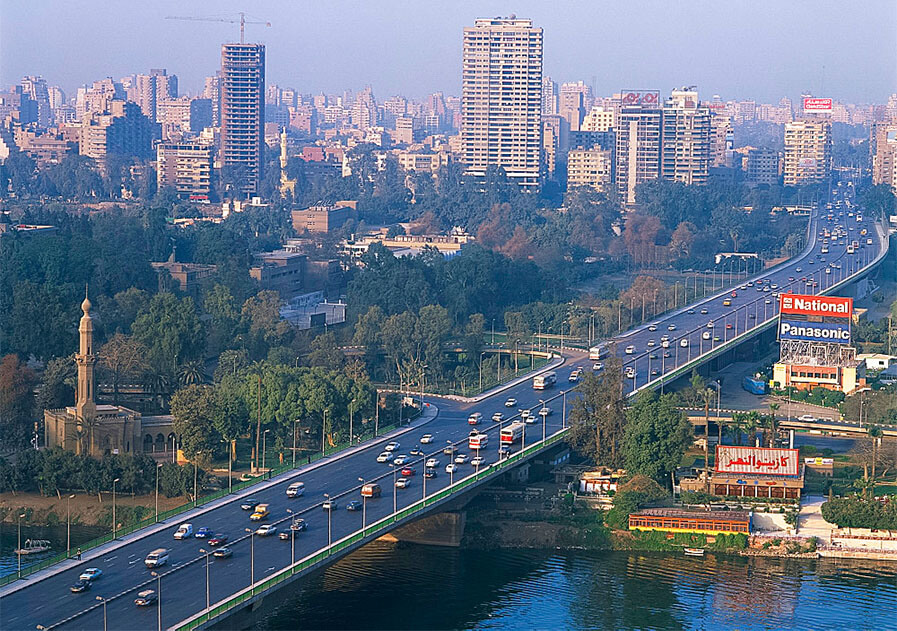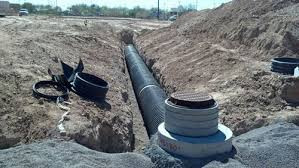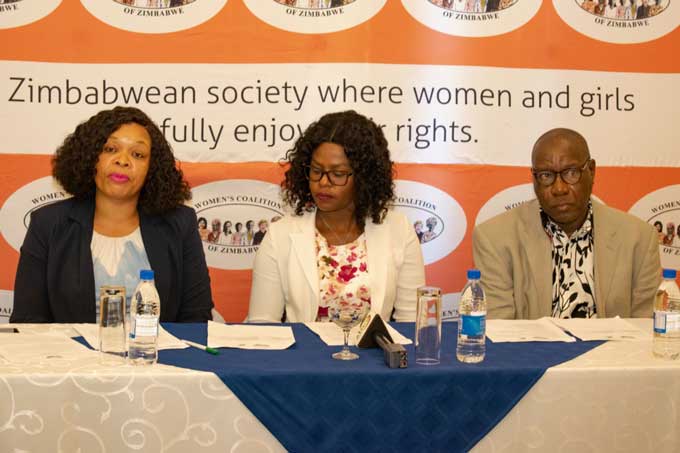
By Burzil Dube LAST week, I briefly mentioned Africa’s top 10 bridges whose length continues to be debatable as most of them are measured in “unfathomable” kilometres compared to our local structures, which are a tiny fraction of them.
The top 10 remark as we were extolling virtues of Zimbabwe’s 330m Birchenough Bridge that could be a force to reckon within the country’s tourism industry.
Some of the bridges include 6th October Bridge (Egypt), Third Mainland Bridge (Nigeria), Suez Canal Bridge (Egypt), Mozambique Island Bridge, Dona Ana Bridge and Amando Emilio Guebuza Bridge (both Mozambique), Mkapa Bridge (Tanzania) and Katima Mulilo in Zambia.
In Zimbabwe, there are the likes of Victoria Falls Bridge, Otto Beitbridge, Birchenough Bridge and Karanda Bridge among others, which are easily dwarfed by the above mentioned objects.
Most of the information in this article has been gleaned by Yours Truly from the worldwide web courtesy of latest information technology.
And here we go.
The Sixth October Bridge is located on Gezira Island, Egypt. The island used to be in the middle of River Nile and the bridge is the longest in Africa connecting Cairo City and Cairo International Airport.
The structure, which is 20,5km long was constructed by Kajima Corporation, a Japanese company. A grant from Japan accounted for 60% of construction costs which was then equivalent to 13.5 billion yen.
- Chamisa under fire over US$120K donation
- Mavhunga puts DeMbare into Chibuku quarterfinals
- Pension funds bet on Cabora Bassa oilfields
- Councils defy govt fire tender directive
Keep Reading
An agreement for the grant was reached when then-president Hosni Mubarak visited Japan in March 1995; it was actually part of a larger project aimed at developing the Sinai Peninsula as well.
The remaining 40% of the amount was coming from the Egyptian government and construction commenced in 1969 and lasted three decades due to various operations issues.
It is reported that in the absence of any eventuality, commuters spend an average of 45 minutes crossing to the other side of the bridge and offers tourists beautifully opportunity to view gigantic churches as well as mosques from various appetizing view points.
In Lagos, Nigeria there is Third Mainland Bridge measuring 11,8km being longest among three distinct bridges connecting the Lagos Mainland to the Island. The other two are Carter Bridge and Eko Bridge.
Stretching from Oworonshoki, Third Mainland Bridge runs through Oshodi-Apapa expressway, crossing Lagos Ibadan expressway to terminate at the Adeniji Adele Interchange located on the Lagos Island.
This bridge was commissioned in October 2001 and is also a midway link, leading to Herbert Macaulay Way in Yaba.
This second-longest bridge on the African continent remains the pride of Nigeria and also is the longest bridge in West Africa. The Julius Berger Nigeria PLC takes the credit for its construction that started in 1980 during the then president of Federal Republic of Nigeria, President Shehu Shagari.
This is also viewed as a major Lagos iconic feature as it offers commuters different views of the city such as the University of Lagos Waterfront and Makoko, the Lagos Lagoon, among others.
There is the Suez Canal Bridge whose 3,9km length connects Africa and Eurasia as well as a major tourist destination in Egypt due to its location and importance to both local as well and the outside world.
It is also a key trading post for Egypt and the entire Africa. The bridge is also known as the Mubarak Peace Bridge, Shohada 25 January Bridge, and Egyptian-Japanese Friendship Bridge.
The Japanese government accounted for 60% of the grant whose construction was equivalent to 13,5 billion yen whose project thrust to also develop the Sinai Peninsula.
Mozambique is another country whose three bridges make it to the continent’s top 10 major structures that are a force to reckon within the travel and touring industry.
These bridges are namely Mozambique Island Bridge, Dona Ana Bridge and Amando Emilio Guebuza Bridge all with an average length of 3km with the latter originally built as a railway bridge connecting the two towns of Vila de Sena and Mutarara.
It was later converted to a single lane edifice meant for vehicular traffic and after an extensive rehabilitation programme; the bridge once again reverted to its railway usage with an enlarged pedestrian lane.
Closer home, there is the iconic Katima Mulilo Bridge whose 900m length structure links Zambia and Namibia as it spreads across Zambezi River connecting Sesheke in Zambia as well as Katima Mulilo, Namibia.
It is considered to be among Africa’s brand new bridges that also contribute significantly the growth of tourism industry and cross border development as well.
Various types of bridges the world over continue to play a pivotal role on tourism promotion and this calls for collective effort for such a programme to be a success.
Till we meet again in the next column.
- Comments always welcome on: [email protected] or Twitter@DubeBurzil










